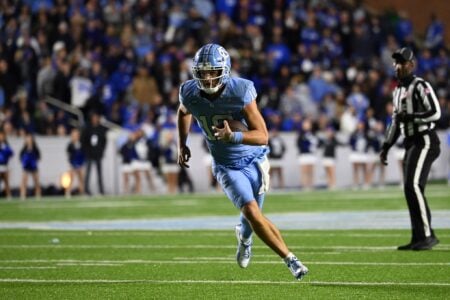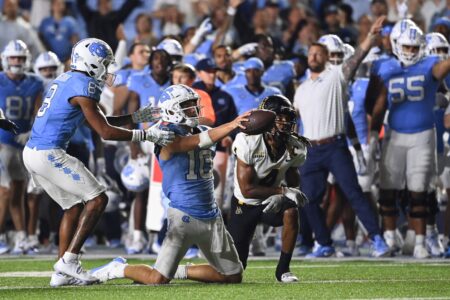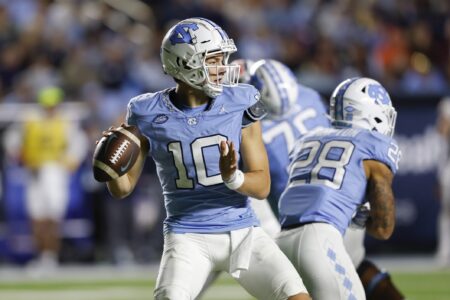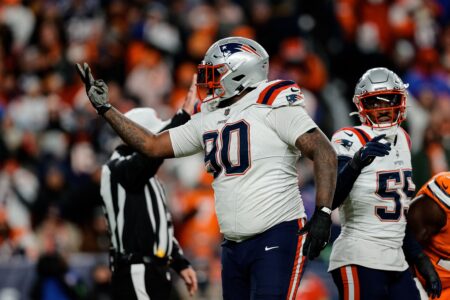Canuck
Third String But Playing on Special Teams
- Joined
- Nov 16, 2011
- Messages
- 827
- Reaction score
- 758
I found this little nugget in the Wells report: Refer to page 72 to verify.
D. Post-Game Testing of Game Balls
At the two minute warning in the second half, Johnny Grier contacted alternate officials Blakeman and Prioleau by radio, and asked them to gather both teams‟ game balls at the end of the game and bring them to the Officials Locker Room. Blakeman and Prioleau coordinated the collection of the game balls with the ball boys, who they then escorted toward the locker room. Once the game balls were brought into the dressing room area, four Colts and four Patriots game balls were randomly selected for testing. Using the same gauges used at halftime (which were retrieved from Anderson‟s locker, where Blakeman had left them), Blakeman and Prioleau measured the game balls in the same manner as at halftime. Blakeman recorded the measurements, and the officials signed a document with the recorded measurements once the testing was complete.
The post-game measurements were recorded as follows:
Patriots Ball Recorded
1 13.50 13.15
2 13.35 12.95
3 13.35 12.95
4 13.65 13.25
Colts Ball Recorded
1 12.90 12.50
2 12.45 12.10
3 12.80 12.45
4 12.70 12.35
These were post game balls. It means they were out in the cold weather for the entire 2nd half. Yet even after being out in the cold Patriots balls were measured at the low end of 12.95 and a high of 13.65 which is illegal. What the heck did they pump the psi up to for the Patriots balls at halftime!
The Colts balls look at least as if they under went some deflation in the cold.
D. Post-Game Testing of Game Balls
At the two minute warning in the second half, Johnny Grier contacted alternate officials Blakeman and Prioleau by radio, and asked them to gather both teams‟ game balls at the end of the game and bring them to the Officials Locker Room. Blakeman and Prioleau coordinated the collection of the game balls with the ball boys, who they then escorted toward the locker room. Once the game balls were brought into the dressing room area, four Colts and four Patriots game balls were randomly selected for testing. Using the same gauges used at halftime (which were retrieved from Anderson‟s locker, where Blakeman had left them), Blakeman and Prioleau measured the game balls in the same manner as at halftime. Blakeman recorded the measurements, and the officials signed a document with the recorded measurements once the testing was complete.
The post-game measurements were recorded as follows:
Patriots Ball Recorded
1 13.50 13.15
2 13.35 12.95
3 13.35 12.95
4 13.65 13.25
Colts Ball Recorded
1 12.90 12.50
2 12.45 12.10
3 12.80 12.45
4 12.70 12.35
These were post game balls. It means they were out in the cold weather for the entire 2nd half. Yet even after being out in the cold Patriots balls were measured at the low end of 12.95 and a high of 13.65 which is illegal. What the heck did they pump the psi up to for the Patriots balls at halftime!
The Colts balls look at least as if they under went some deflation in the cold.

















